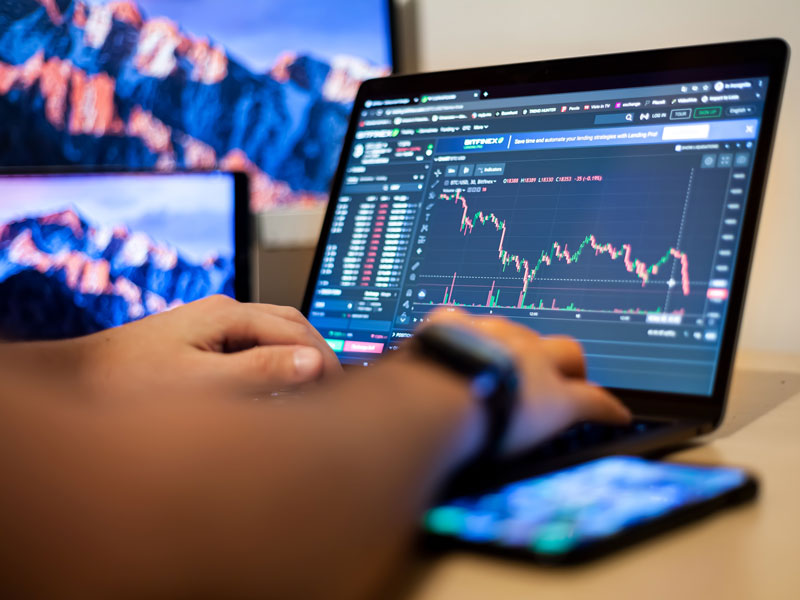
Understanding Forex Trading Sessions: Your Ultimate Guide
The foreign exchange market operates 24 hours a day, five days a week. This continuous nature of trading is divided into different sessions based on the major financial centers around the world. Understanding these trading sessions is crucial for any forex trader looking to maximize their profits and manage risks effectively. In this article, we will explore the various forex trading sessions, their characteristics, and how you can leverage them for your trading strategies. For more insights and trading tools, check out forex trading sessions Trading Broker AR.
What Are Forex Trading Sessions?
Forex trading sessions refer to the specific time frames during which various global financial centers are open for trading. The forex market never truly “closes,” as it operates around the clock, but it can be segmented into specific sessions that correspond to the opening and closing of major financial hubs. The main trading sessions include:
- Asian Session (Tokyo)
- European Session (London)
- North American Session (New York)
1. The Asian Session
The Asian trading session, which primarily revolves around the Tokyo financial center, begins when the first major stock exchange opens at 00:00 GMT. This session generally has lower volatility compared to others, but it can still present unique opportunities. Currency pairs that include the Japanese yen (like USD/JPY and EUR/JPY) often see more activity during this time.
As the Asian session progresses, traders in Australia and New Zealand start to enter the market. Key economic releases and data from the Asia-Pacific region can significantly impact currency movements. Traders should pay attention to announcements related to interest rates, employment rates, and other economic indicators that may affect currency stability.
2. The European Session
The European session is often referred to as the most active trading period because it encompasses the London financial center, which is one of the largest forex trading venues in the world. This session starts at 07:00 GMT and lasts until 16:00 GMT. The overlap between the European session and the Asian session often results in heightened volatility, especially during the first hours of the session. This is typically when most of the major financial announcements occur, and thus, significant movements in currency prices take place.
The European session is also critical for trading the euro, British pound, and Swiss franc. Major economic indicators from the Eurozone, such as GDP growth, inflation rates, and employment figures, influence market behavior significantly. Traders should be vigilant for these reports, as they can lead to swift price movements.
3. The North American Session

Beginning at 13:00 GMT, the North American session is predominantly driven by the New York financial center. The United States dollar is the focal point of this session, and it often leads the market trends for many currency pairs. Economic data releases from the U.S., such as non-farm payrolls, GDP figures, and retail sales, are key indicators that traders watch closely. This session lasts until 22:00 GMT and is characterized by a mix of volatility and liquidity.
The North American session overlaps with the European session for several hours, resulting in increased trading activity. Traders should be prepared for quick market changes, and strategies that capitalize on volatile price movements can be particularly effective during this time.
The Overlaps: Maximizing Opportunities
One of the most significant aspects of forex trading sessions is the overlaps between them. Specifically, the overlap between the Asian and European sessions and the European and North American sessions often creates the most volatile and active market conditions. Understanding these overlaps can help traders identify optimal times to enter and exit trades.
For example, during the overlapping hours of the Asian and European sessions (from 07:00 GMT to 08:00 GMT), there is typically more liquidity in the market as traders from both regions participate. This is an ideal time to trade major currency pairs as significant price movements can be observed.
Similarly, the overlap between the European and North American sessions (from 13:00 GMT to 16:00 GMT) is another peak trading period. Many economic reports are released during this time, creating opportunities for traders to react to breaking news and financial data.
Choosing the Right Session for Your Trading Style
Choosing the right session to trade is essential based on your trading style. Scalpers and day traders often prefer the most active trading sessions (European and North American), where price movements and volatility provide opportunities for quick trades. Conversely, swing traders may find that trading during the Asian session suits their style better, focusing on technical analysis and longer-term positions.
Your personal schedule, risk tolerance, and preferred currency pairs should also guide your decision on which sessions to trade. If you are able to monitor the markets during active trading hours, you may achieve better results compared to trading during less volatile sessions.
Conclusion
Understanding forex trading sessions is an essential component of developing your trading strategy. With knowledge of each session’s characteristics, overlapping hours, and the role of major economic indicators, you will be better equipped to navigate the forex market effectively. Whether you choose to trade during the Asian, European, or North American sessions, having a solid grasp of these periods will enhance your trading experience and potentially increase your profitability.
As you embark on your trading journey, remember the importance of comprehensive research, continuous learning, and the use of trusted trading platforms. For more resources and tools that can amplify your trading success, don’t hesitate to visit Trading Broker AR.
